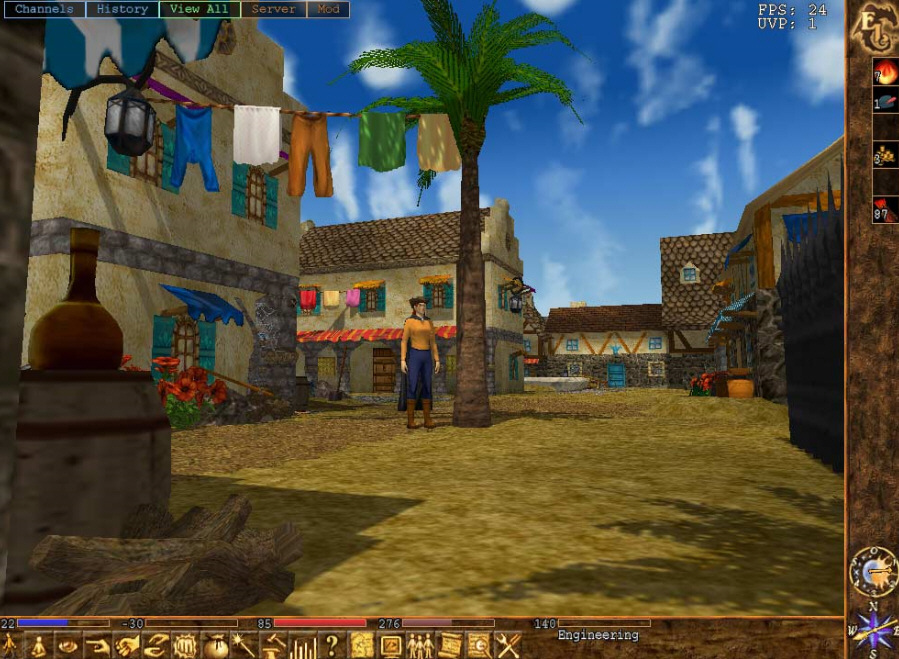
When I caught the eye of an old man wearing a shaggy sheepskin vest, he smiled and shrugged, his friendly way of telling me what everyone in Transylvania seems to know: If some things can't be hurried, most others shouldn't be either.Īt 186 Strada Principal, our destination and the handsomest house in the village, with its immaculate white-washed walls and terra-cotta swallowtail roof, we were welcomed into the formal parlor with bracing shots of caraway-seed brandy and slices of crumbly almond-lemon cake. Miklósvár's denizens, who were sitting on wooden benches outside their pastel-painted cottages to gab with neighbors while watching the event that marks the end of each day, couldn't help but be politely amused when our car was surrounded by the lowing beasts. Around a bend by the church, the wide main street was suddenly filled with the caramel-colored herd returning from the pasture that surrounds the village. We arrived at Miklósvár, a village about three and a half hours north of Bucharest and an ancestral seat of the Kálnoky family, just as the cows were coming home. I set off for Transylvania along with my friend Nadine. He had become so smitten by the abandoned Saxon villages of Transylvania that he'd underwritten the Mihai Eminescu Trust (MET) to help restore them through the MET, I learned, you can rent a restored village cottage as a base from which to explore the region and its foodways. Apparently, I share this inclination with the Prince of Wales.

For me, any place "in transition" is irresistible. In the making, history is shaggy, sexy, confusing. Much of what I read warned that Transylvania was still "in transition" (read: rough around the edges). After the downfall of one of communism's most dire dictators, several repatriating Transylvanian nobles had opened country house inns.

What I'd seen then-a fascinating medieval landscape of deep forests, small, tidy farms, and fortified hilltop villages-made me want to be there, to walk its fields, to taste its food.īut I knew next to nothing about the region (apart from the inevitable associations with Bram Stoker's fictional Count) until I started coming across articles in the London papers about agro-tourism in post-Ceausescu Romania a few years ago. I'd first glimpsed Transylvania through the window of a train traveling from Istanbul to Prague a decade earlier. As I slowed the car to turn onto a dusty country road, a farmer in blue serge overalls stopped pitch-forking freshly scythed hay just long enough to give a wave, and the honeyed scent of linden flowers wafted in through the open car windows.Ĭhicken with Paprika (Transylvanian Recipes) Just North of Bucharest, I left this century behind, and an hour later, the last one fell by the wayside, too.


 0 kommentar(er)
0 kommentar(er)
